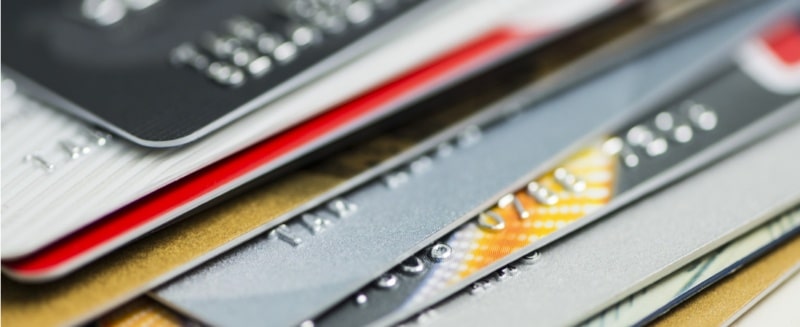My 17-year-old daughter is just about to get her first credit card. Next year at this time she’ll be in college, and I want her to get some credit card experience now, while I can still mentor her. If you’re teaching your child about credit, maybe some of what I’m doing can be helpful to you.
For her first credit card, my daughter will be an “authorized user ” on my account. That way, I can monitor her usage closely and show her how to make on-time, online payments from her checking account. She also knows this credit card with training wheels has a number of limits, such as:
- If you charge things in an out-of-control way, you lose the card.
- You must always pay your balance in full. If you can’t, it means you’ve overspent, and that’s grounds for losing the card.
- Yous should monitor your credit card statements. We’ll do this online together at least once every week. We need to make sure unauthorized people don’t gain access to your account.
- Your credit limit will be very low ($500 or less). That’s for your safety, so you can’t overcharge, and so a thief can’t run up your balance.
My daughter’s credit card isn’t her first exposure to the idea of credit. It’s more like the payoff for learning how to handle money responsibly. When she turned 13, my daughter began getting a monthly “family salary.” She works for me to earn the money, and her salary covers almost all of her monthly expenses—from bus passes and cell phone charges to schoolbooks and gifts for friends. She’s already had four full years of experience making her money last for 30 days at a time.
Although it might not sound like a credit-related lesson, my daughter has also learned about saving. The way I look at it, learning to save teaches children the value of patience. They know how to put away money over time for things they want—a skill that may help them avoid impulsively buying things on credit in the future.
A related credit lesson: the 30-Day List. The family rule is that if you want to buy something big (more than $30), you must jot it on your calendar and tell your parents about it. After 30 days, if you still want to buy it, we’ll help you figure out a strategy. But no big purchases can be made until you’ve thought about it for a month. Again, planning ahead and learning to wait is a great skill to teach before you put a credit card in a teen’s hand.
Finally, I show my kids my credit card bills from time to time. I make a special point of showing them the little box that calculates how much interest I’d owe—and how long it would take me to pay off my bill—if I made just the minimum payment. That information recently caused my younger daughter’s jaw to drop. “Why would anyone want to pay that much extra just for stuff like restaurant food and gas for the car?” she asked. That means she’s starting to understand the concept of using credit responsibly.
My financial work with my daughters is nowhere near done, but I’m confident that my oldest daughter’s experience with her first credit card will work out just fine. The card won’t be a ticket to wild spending or painful debt. Instead, it will be a helpful tool and nothing more. That’s exactly what I want it to be.
Teri Cettina is a mom of two daughters and freelance writer who specializes in personal finance and parenting topics. She blogs at Your Family Money. Follow her on Twitter: @TeriCettina
[amazon_link asins=’1524763438,1978203241,B01FICEK6Y’ template=’ProductCarousel’ store=’thinkglink-20′ marketplace=’US’ link_id=’ed45cb74-22fb-11e8-adc2-277c5c00bee1′]






